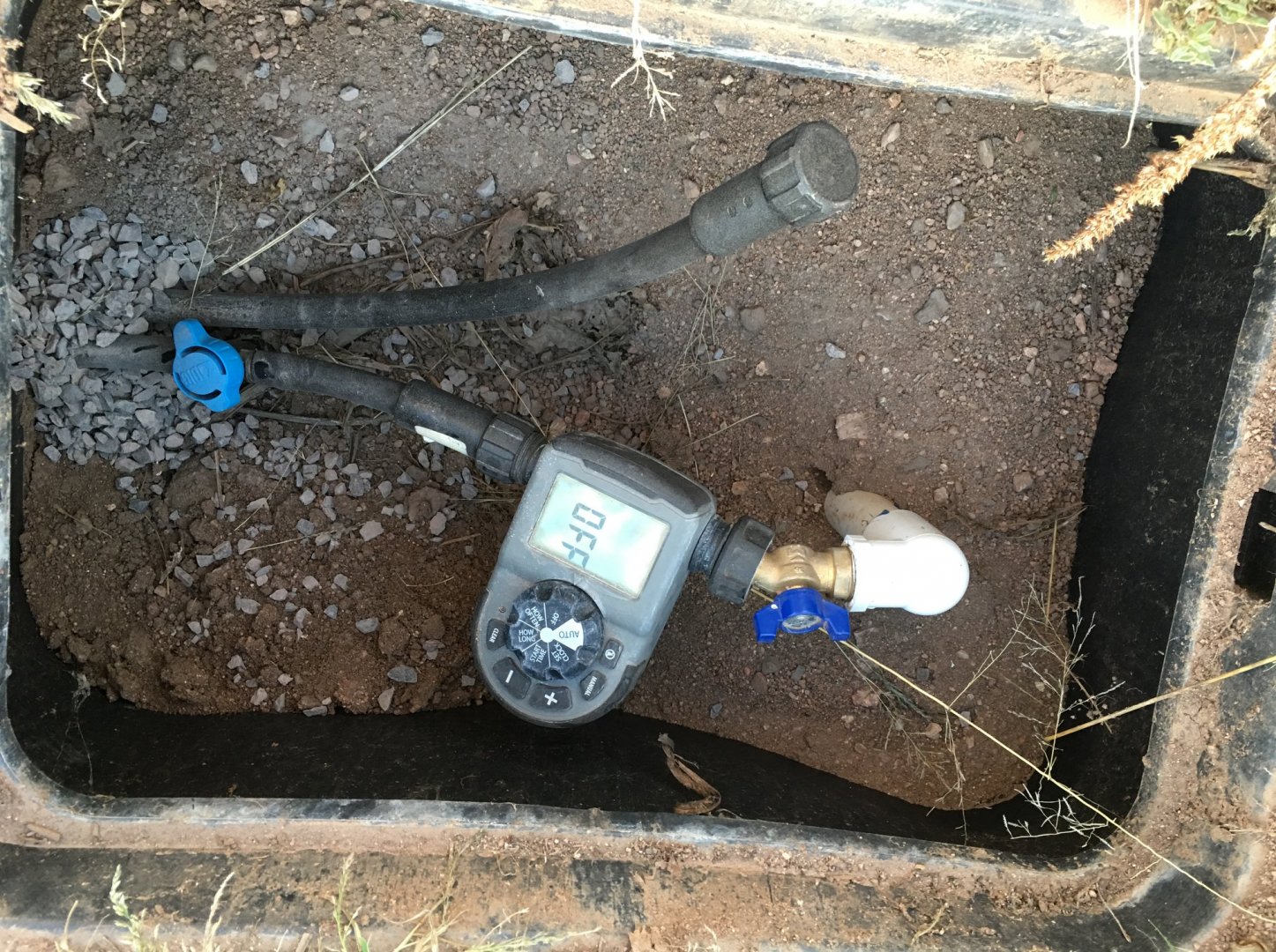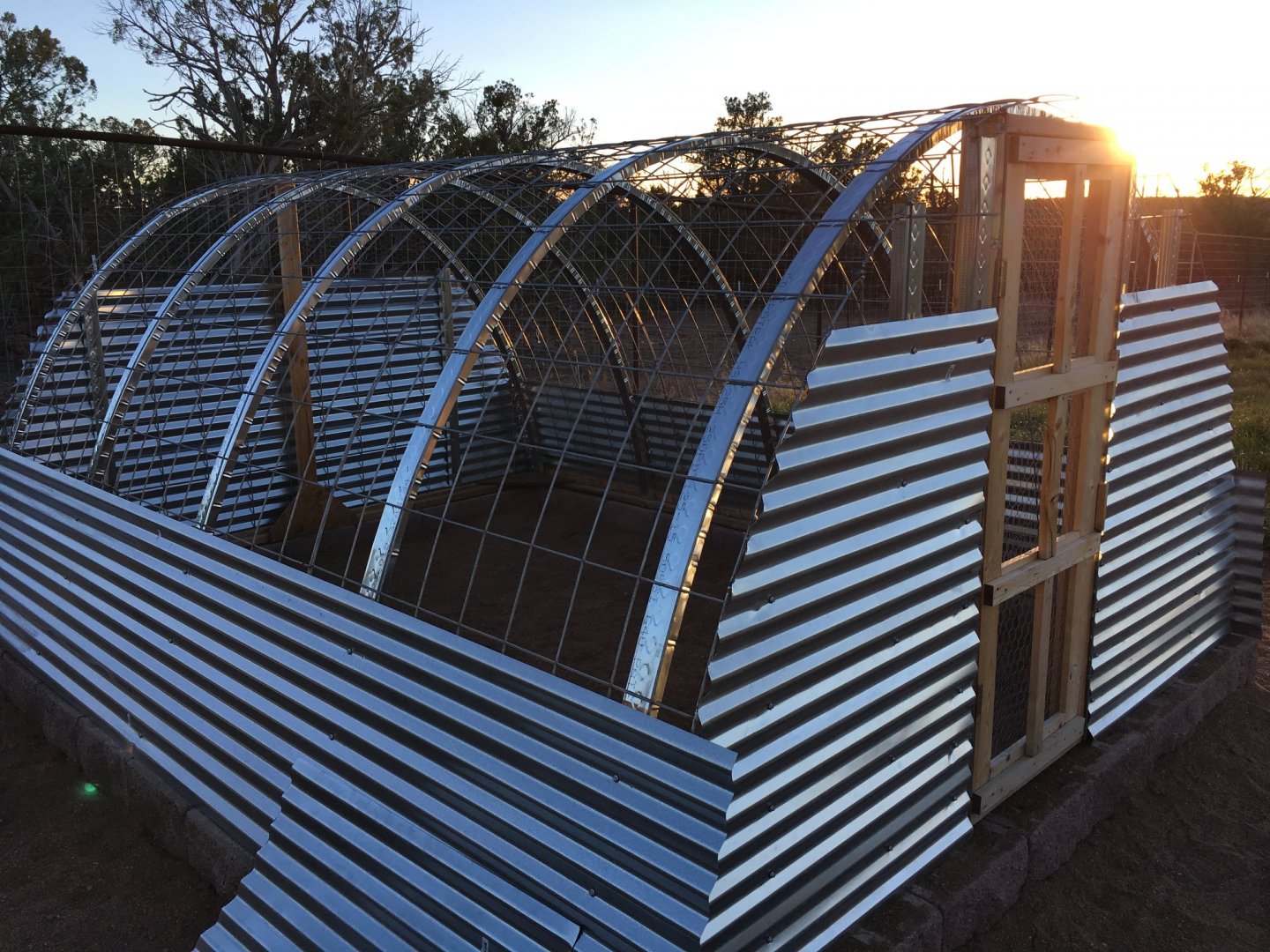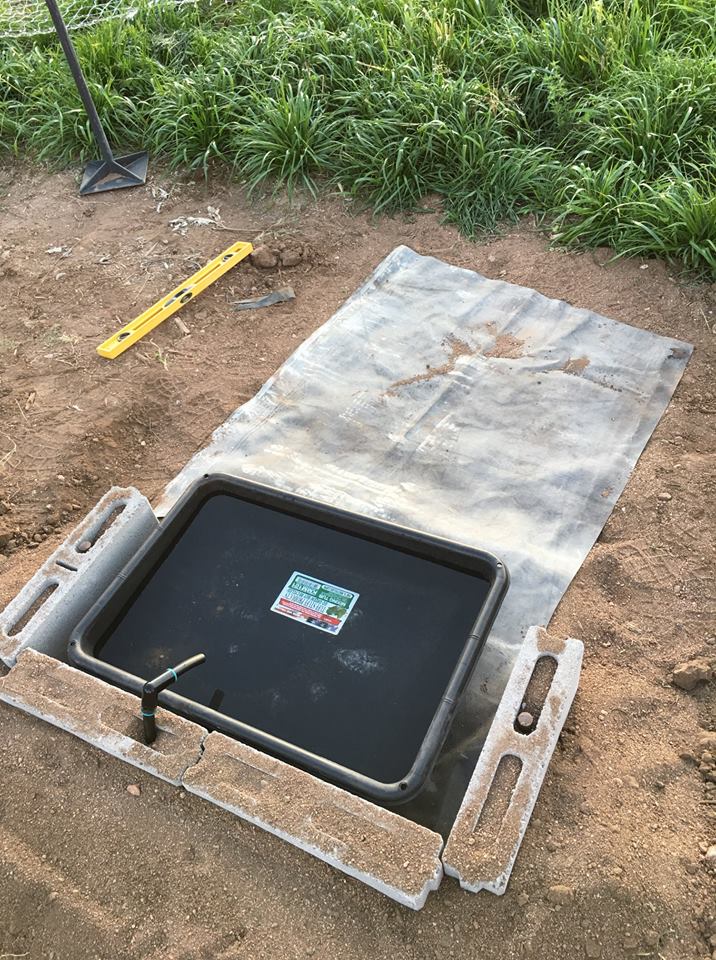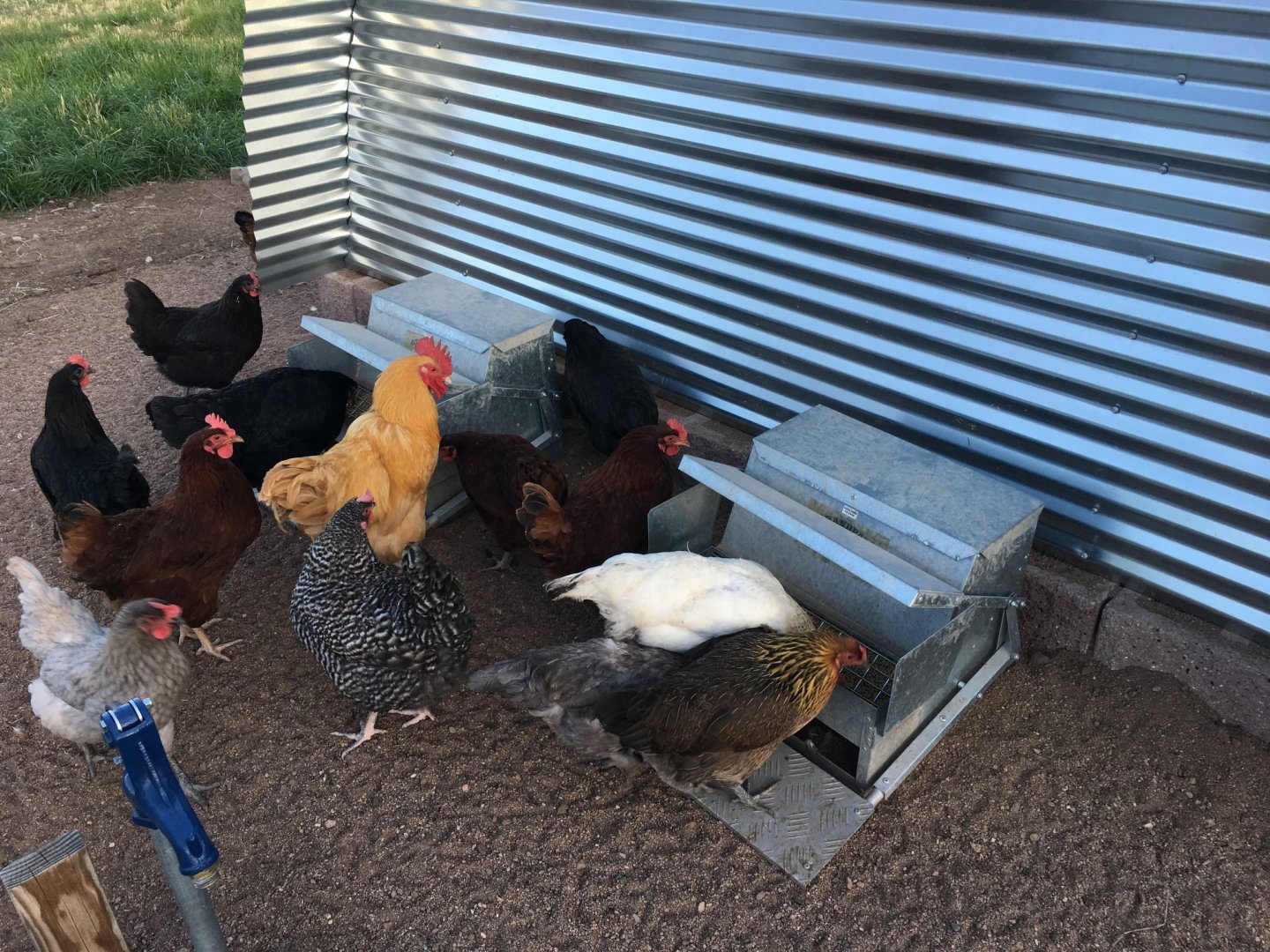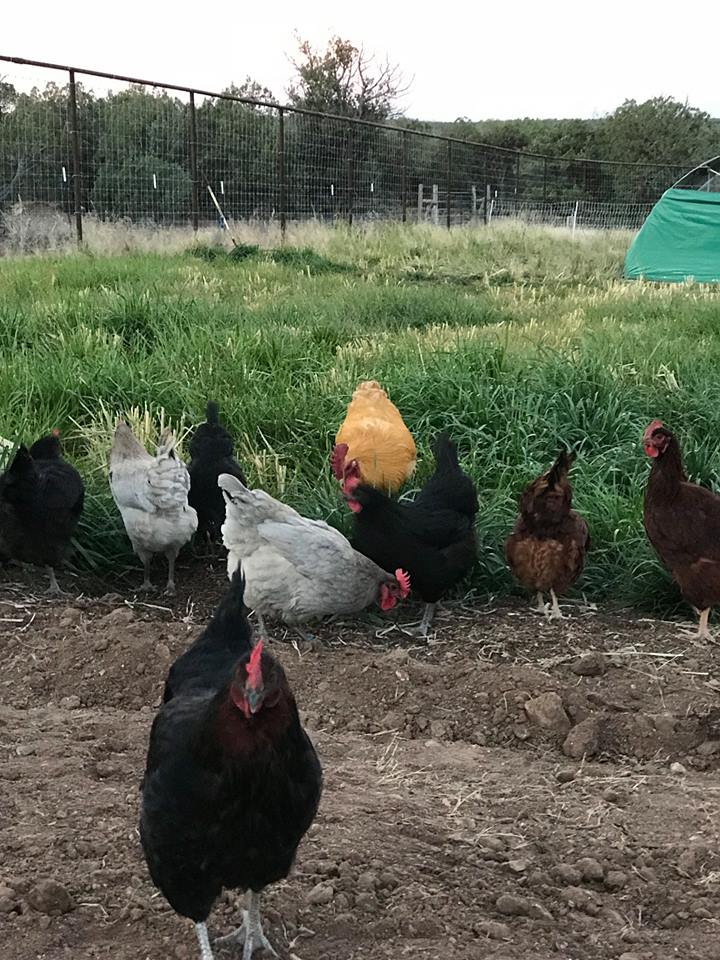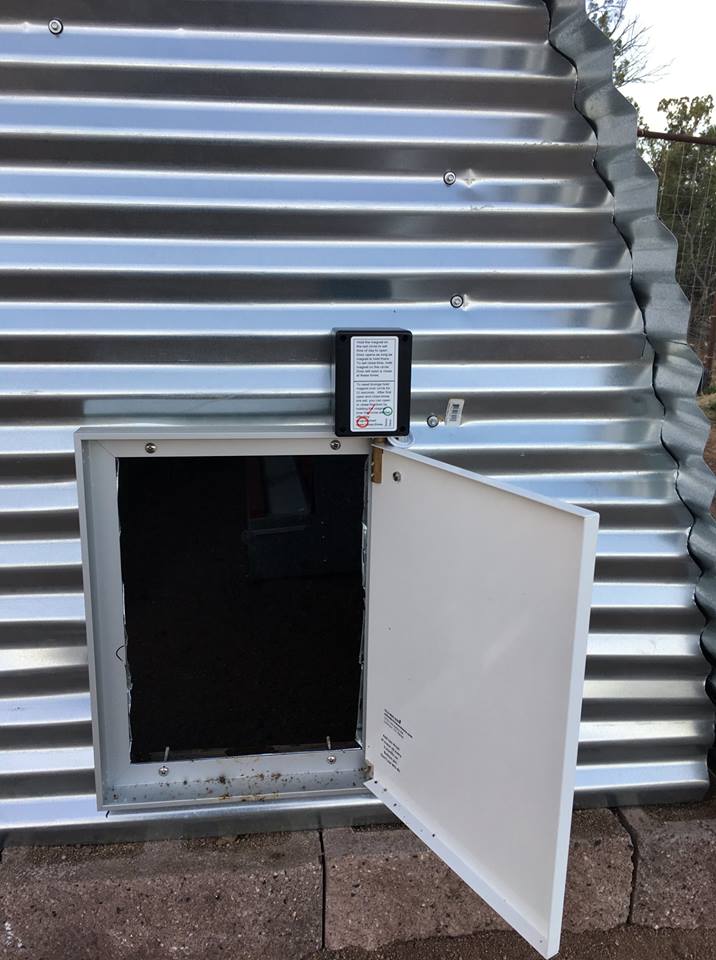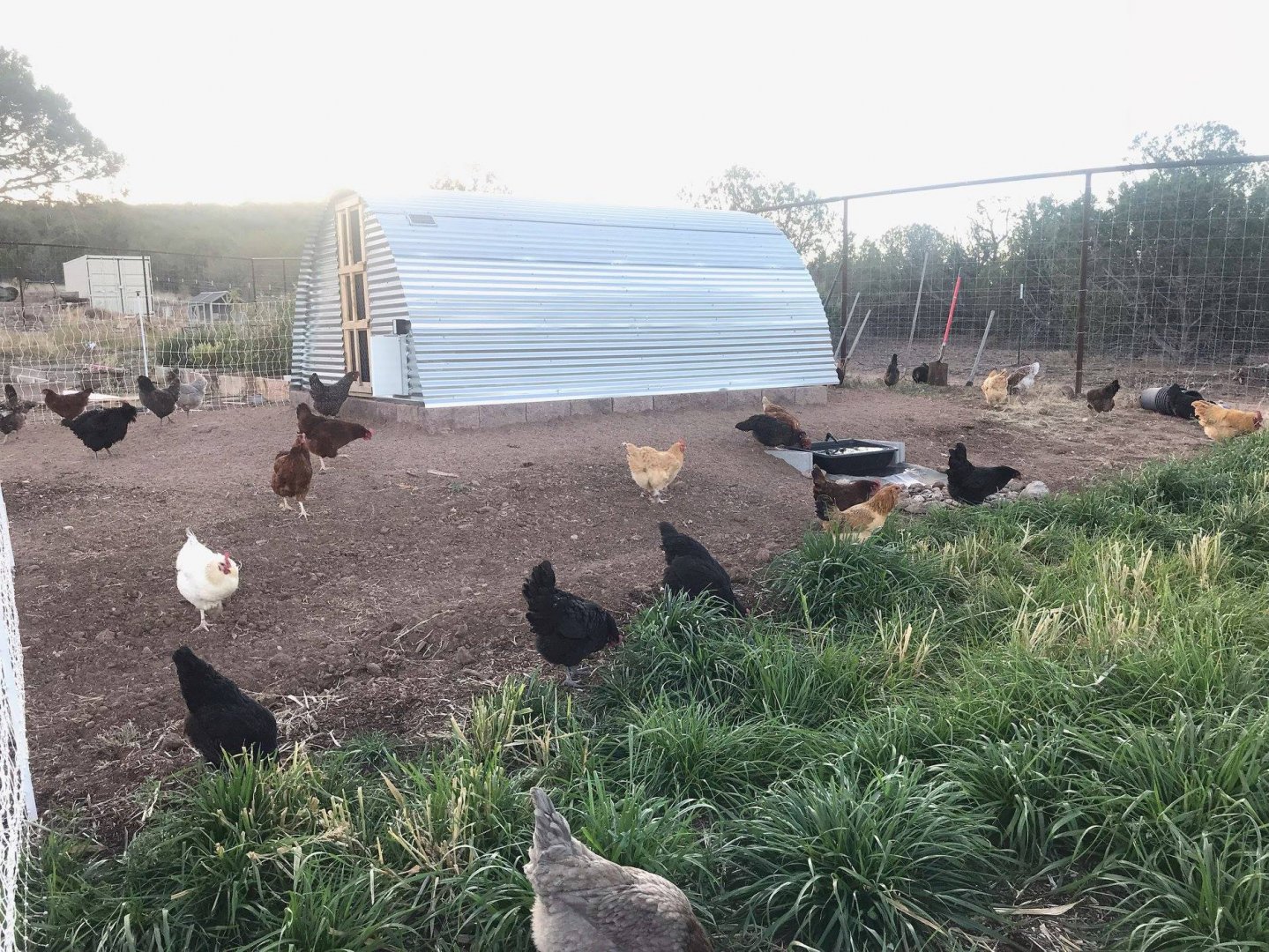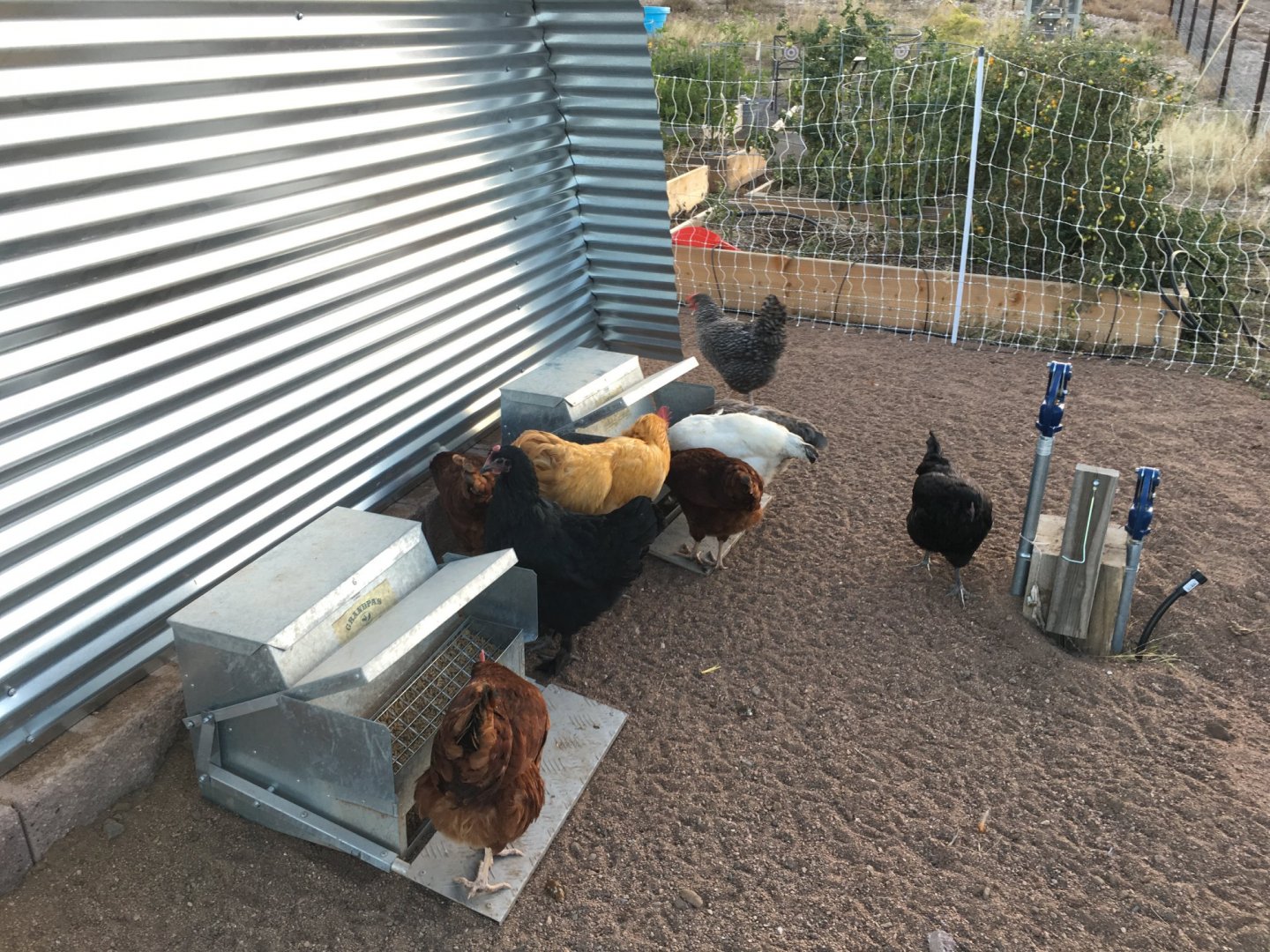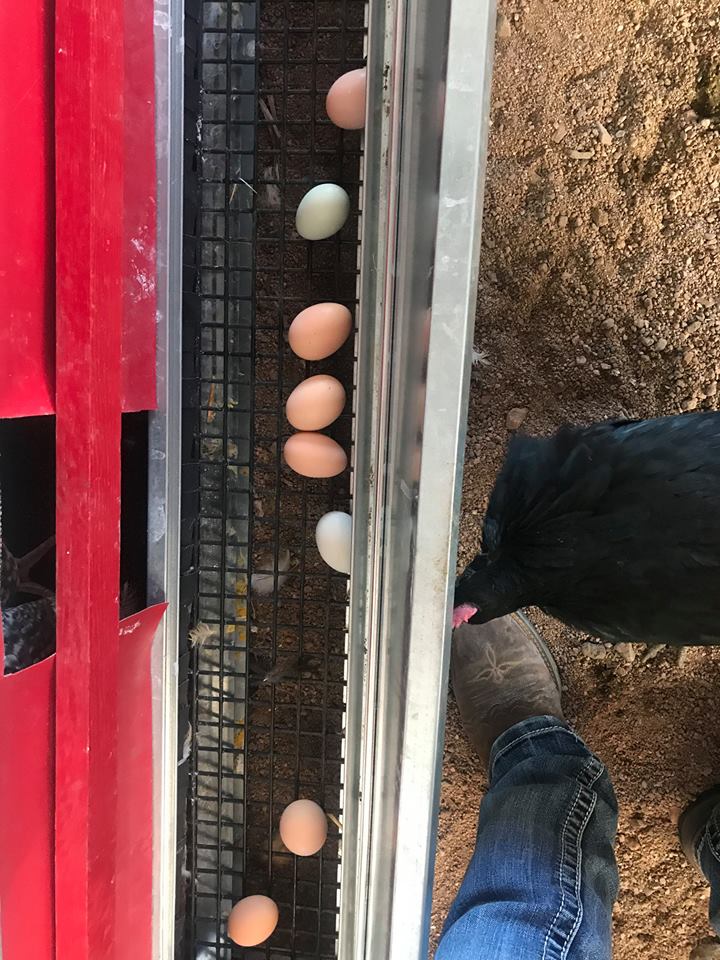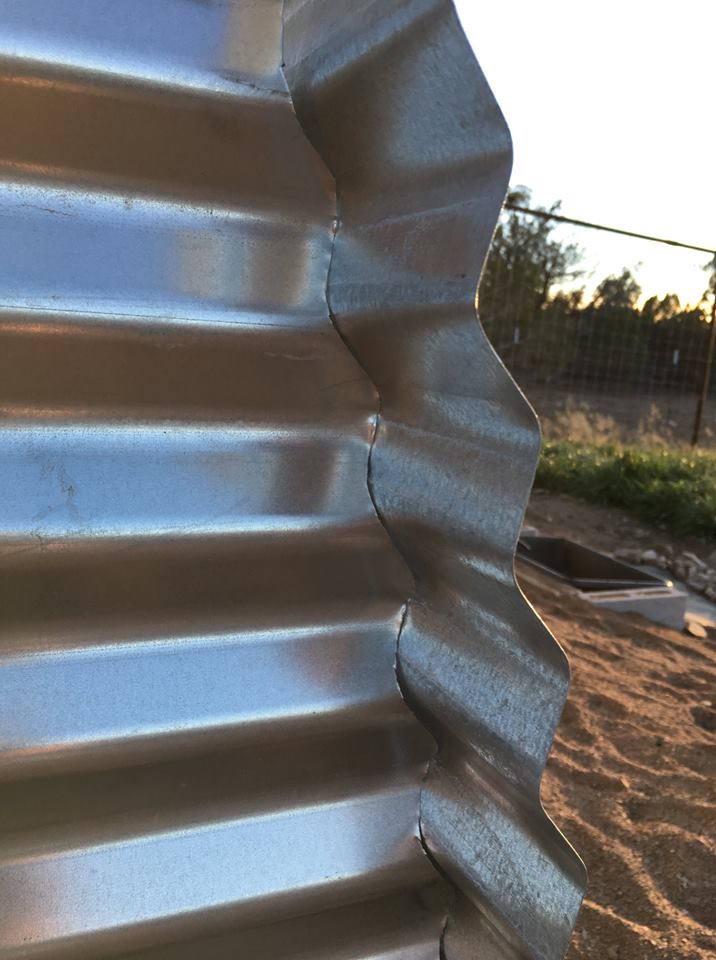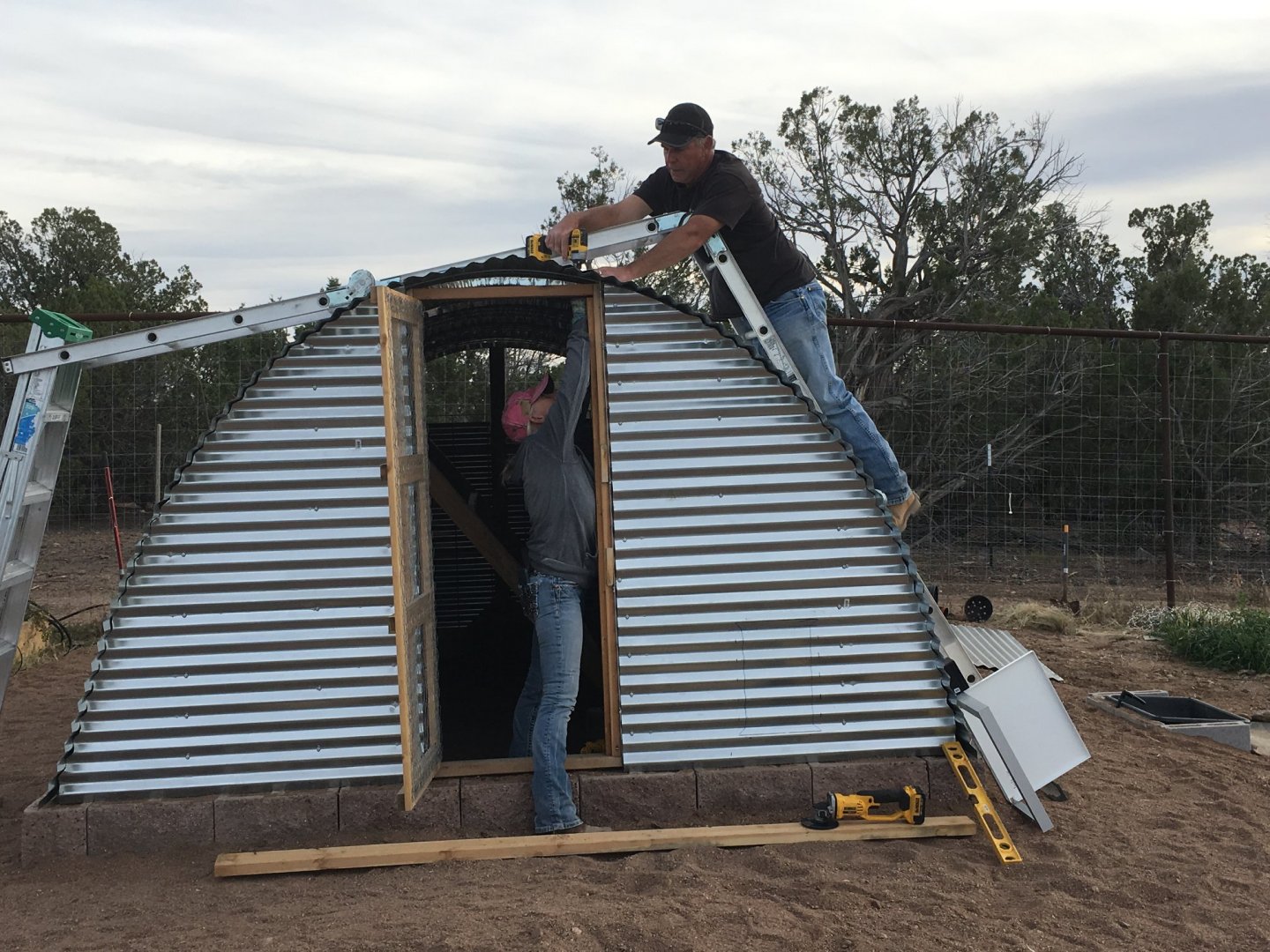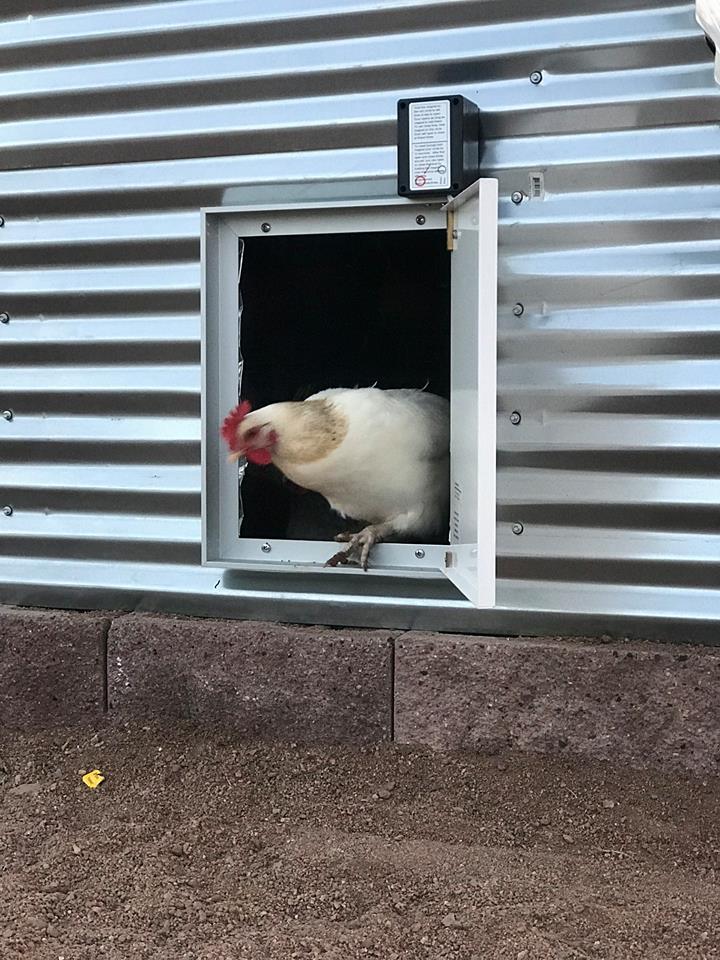It’s amazing how three words can change your life so fast and so completely. Let me explain. Medically, my oldest daughter wasn’t supposed to be able to have kids. Amy and I have made peace with this many years ago, which made the one-bedroom, tiny house design seem like a great fit. Our youngest kids are just starting their lives with no immediate plans for settling down and starting families, so again, tiny house living looked great on paper.
Thank you for visiting, don't forget to subscribe!
Add one more complication- our oldest had recently fallen in love with a great guy and moved to Texas to be with him. Not only do we need more space for our grandbaby (and the parents that often come with them), but we now need the ability to travel for extended periods to enjoy that “Grandparent Life.”
Well, shit.
It was time to get busy automating the time consuming, daily stuff, and making chores easier for neighbors and more efficient for us. It was also time to come up with a new plan regarding the house, and it’s looming lack of space for what was to be our new number one focus.
The list of changes was overwhelming, so we just picked a spot and started digging in. First up was a complete re-design of our egg-laying production. Up to this point, we have enjoyed the daily work that goes with having a large laying flock. It’s how our day has started for a few years now. Clean and refill waterers, top off feed, then open the coop door so they can spend the day outside doing their thing. It’s also how we end the day. Collect and wash eggs, then lock them in the coop for the night so critters can’t get in and have a chicken dinner. Every couple of weeks requires a good clean of the coop as well to keep things sanitary and your birds healthy. Our original wood coop design required hand scrubbing and likely never dried as good as we’d hope after a deep clean.
It’s not hard work but easily takes up an hour total per day. Add drive time, twice daily plus needing to be on a schedule, and you’ve just burdened your friends and neighbors every time you try to travel.
Strong, affordable, sanitary, easy to move, and easy to build were the guiding requirements. A certain amount of automation was needed as well, so we can stress less while traveling. These upgrades give us an easy 24-36 hour window when taking short trips and require less attention from anyone watching our place. It also frees our days up a bit to give attention to other projects.
Waterproof feeders holding several day’s worth of food that are secure from rodents and small, native birds and are easy for the chickens to operate. A freeze-proof freshwater system that replenishes itself every 6 hours with drainage and a spillway into grasses to keep mud from becoming a pathogen breeding ground. A solar-powered entry door controlled by a photocell opens the coop up in the morning and secures the birds inside at sundown to protect against predators. We purchased a professional-grade laying box from Hen Gear that immediately separates the eggs into a secure storage area that keeps them incredibly clean and protected from hens that might otherwise peck at them if not collected in the evening.
We used as much galvanized metal as possible, which makes chemical-free sanitation as easy as firing up the steam cleaner when needed. I have a weird love for the old WWII era Quonset Hut buildings, so the design was an easy choice, especially knowing we wanted it to be metal.
Square footage, roost bar space, and nest box capacity will accept up to 75 hens without overcrowding. To be safe, we are running 60 in this design as we figure out the manure load. We are using Premier electric net fencing to rotate them through three separate runs of pasture grass, so they always have fresh greens and bugs without overgrazing any one area.
